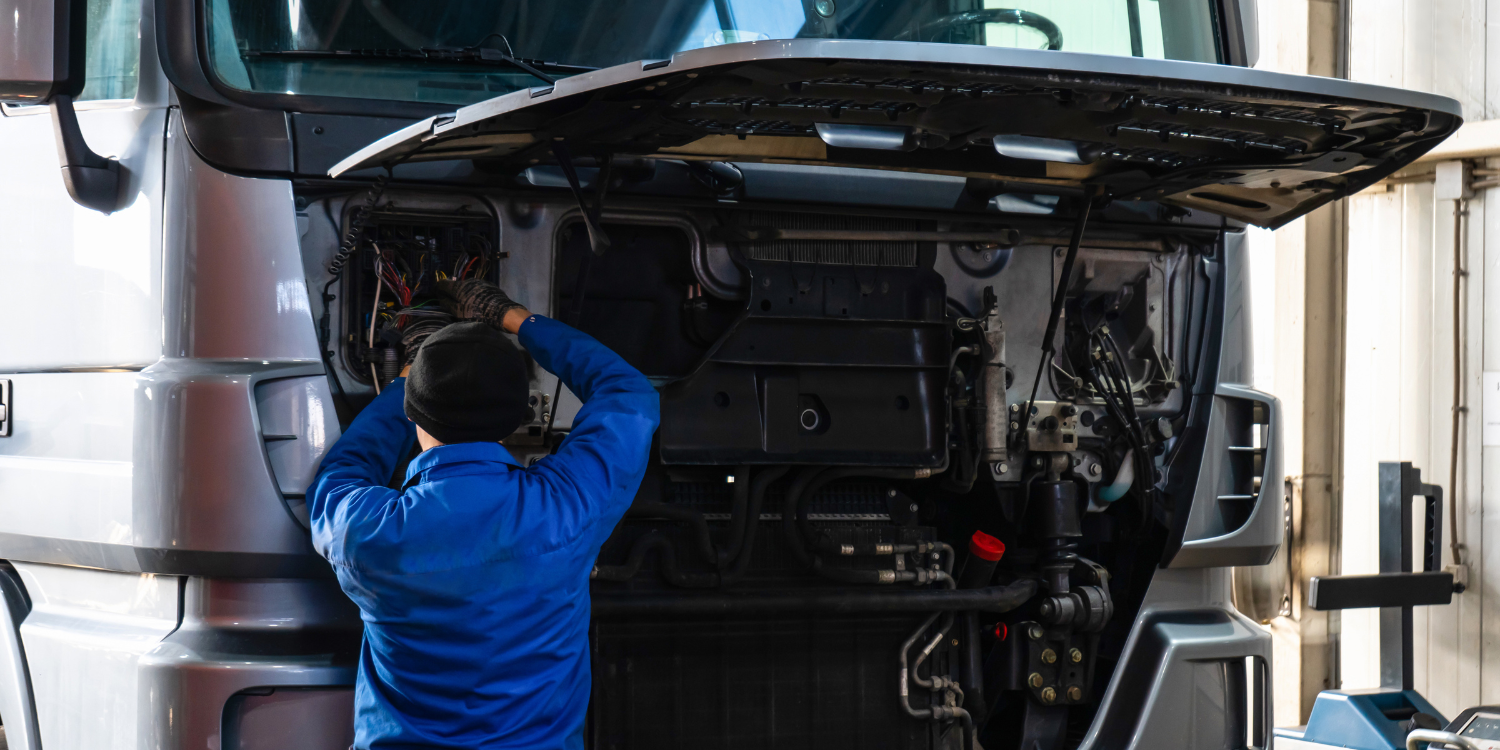If you are in charge of a commercial vehicle fleet, you know how important it is to ensure all your vehicles perform in peak condition. With all the work the fleet does, you can’t afford to have a vehicle in the shop for very long while you diagnose what may be going wrong with it.
If it is a cranking issue, there’s an easy way to quickly narrow down what may be affecting the vehicle, saving you time and energy on the initial diagnosis. We live and breathe starters, so here’s a bit of inside info.
1) Identify the Problem
Before tearing the vehicle apart, take a moment to fully understand what is keeping it from successfully cranking. What it’s doing, or not doing, can give you some clues as to what step to take next.
- Slow crank: The starter cranks, but it does not produce enough engine RPMs to successfully start the vehicle.
- Click, no crank: The solenoid clicks, but the starter fails to crank at all.
- No click, no crank: The solenoid isn’t clicking, and the starter isn’t cranking.
No matter what the problem is, the initial steps you take to diagnose the problem up front are the same.
Your first check is the battery bank.
2) Initial Checks
It’s one of those things you could forget about only to smack yourself in the forehead after hours of searching for the cause. First, always test the battery. Here are the steps to follow:
- Step 1: Fully charge the battery, then perform a load test.
- Step 2: If the load test fails, begin checking each battery individually. If you have a bad one, replace it.
- Step 4: Once all batteries are tested, perform a voltage drop test on the starter main cables. Voltage should be less than .5V. This is an important step in the diagnosis of a problem.
- Step 5: Voltage drop can often be the cause of slow cranking. However, it can also be a root cause of a click or no-click problem, because of how almost every manufacturer wires the heavy positive post to supply power to the control circuit.
Combined with what you know about the problem, these checks should give you an idea of how to proceed.
3) Slow Crank Issues
If the vehicle fails to start due to slow cranking, and the battery and cable checks are okay, you know the control circuit must be functional. Knowing this information, you can confidently diagnose the problem as probably being related to a bad starter. Replace the starter, and your issues should be remedied.
4) Click, No Crank
When it is a click but no crank issue, and the battery and cables check out:
- inspect the control circuit.
- If your vehicle has an integrated magnetic switch (IMS), perform a voltage drop test.
- If there is an IMS, verify that the control circuit is supplying voltage.
5) No click, no crank
The no click, no crank complaint is perhaps the easiest of the bunch to figure out. If battery checks come back alright, you can almost assuredly narrow the root cause down to power not reaching the solenoid. Typically this is not an indication of starter motor problems.
No matter the issue, if the starter is found to be the faulty component, you should also perform a check of the ring gear. If it is damaged, it could continue to cause starter problems in the future.
To make sure your fleet spends as little time as possible in the shop with cranking problems contact a member of our team today. We’ve got the best parts at the best prices to keep your fleet running smooth.


